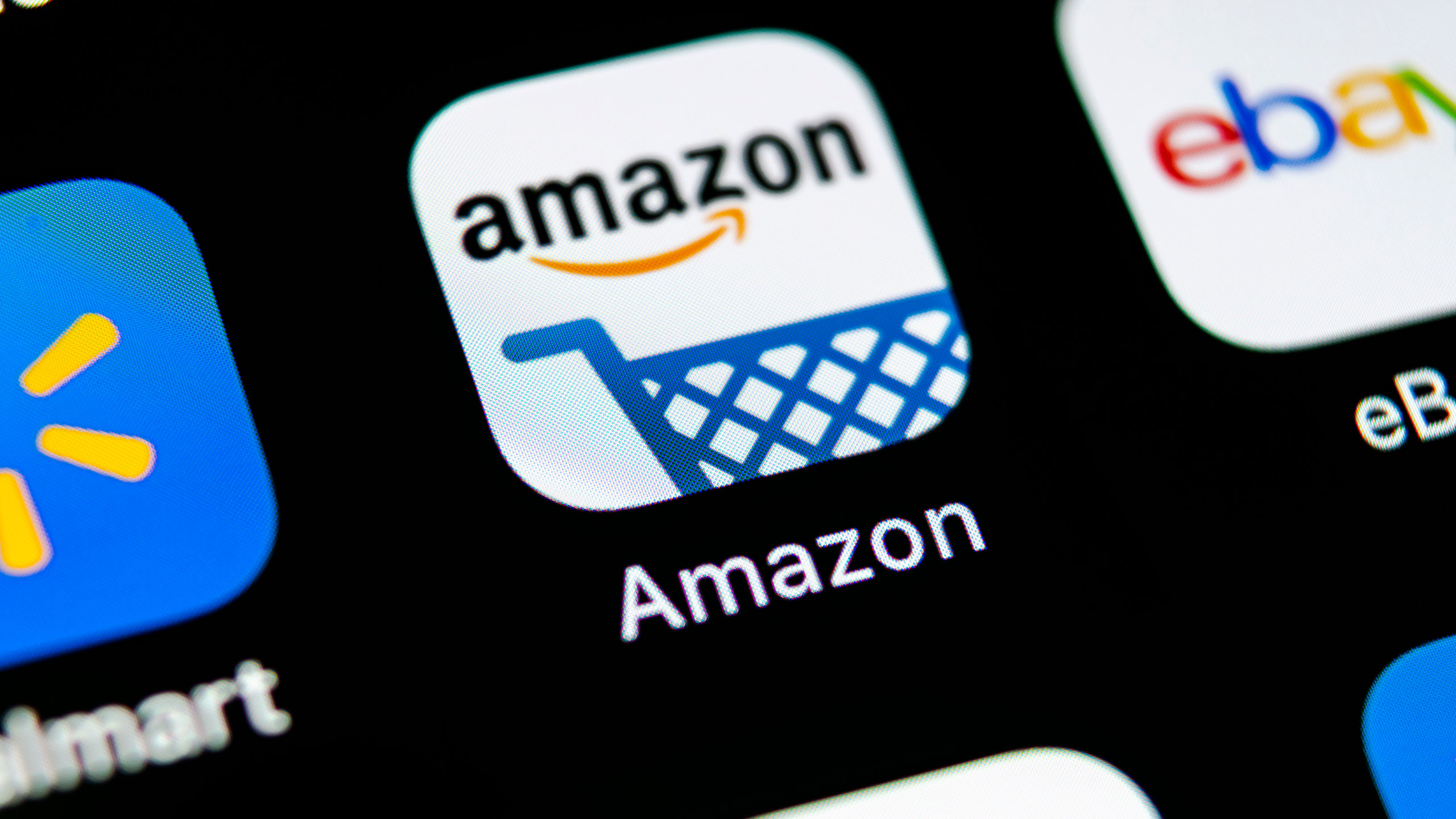Merchant Help for Disputes on Amazon

It’s hard to understate the colossal impact Amazon has had on eCommerce. You can now buy just about anything online at Amazon. Books. Tiny houses. Live hissing cockroaches… All thanks to the Amazon Seller marketplace, where any merchant can sign up and ply their wares. As a merchant, you may be already selling on Amazon, or perhaps you’re considering it. Either way, it’s imperative for you to know how to deal with Amazon chargebacks and disputes.
AMAZON PAY VS. AMAZON SELLER
There are two main ways you can use Amazon as an eCommerce solution. You can sell products on Amazon itself, or your can process payments on your own eCommerce site with Amazon Pay.
The Amazon Seller program allows you to open a storefront and sell your products directly on their site. Both your inventory and your processing are managed on Amazon.com. You fulfill the orders and Amazon remits you the earnings with their cut deducted.
Amazon Pay works like PayPal; it’s a third-party payment processor, where anyone can purchase product from your point of sale using the payment methods they’ve set up on their Amazon buyer account. Amazon manages the authorization and processing, and the funds are transferred to your merchant account, minus Amazon’s fees.
Whenever a dispute or chargeback arises from a transaction using either of these methods, the merchant resolves the issue through Amazon. Dispute notifications come through your Amazon account, you work with Amazon directly, and they of course take the money and the fees. So even though Pay and Seller methods are different, they follow the same protocols.
AMAZON SELLER CHARGEBACKS
When an Amazon seller receives a chargeback, it means the customer has contacted their issuing bank with a complaint, the issuer notifies the card network and the card network has in turn notified Amazon. Amazon notifies the merchant by email and lists all disputes in their Seller Central portal, under Performance -> Chargeback Claims. As an Amazon Seller, you have three options to resolve a dispute:
- Issue an immediate refund.
- Fight the dispute
- Accept the chargeback
Refunding the dispute manually will avoid a chargeback in many cases. This is the best option for cases of true fraud, and it’s a great feature to help merchants beat chargebacks.
In reviewing the details, you may find that a dispute is unwarranted, typically when it is service related. You can send information to Amazon to back up your sale. This information would include proof of delivery and tracking number, product description as listed on Amazon, and any correspondence with the customer. Include as much information as possible, up front. An Amazon investigator will review your case and forward on to the issuer. This process will take up to 90 days. Amazon charges $20 for each of these representments.
If you do nothing within the time provided for you to respond, the chargeback will go through and the transaction funds will be debited from your merchant account. This action is not recommended, as you will be charged a $20 chargeback fee.
Whatever your course of action, you have 11 calendar days to respond once you receive the notification email. Your seller portal provides you with deadlines for each dispute response.
CHARGEBACKS WITH AMAZON PAY
Amazon Pay divides disputes into two groups: Unauthorized transactions and service-related disputes. Merchants are liable for all service-related disputes, and are accountable to the Amazon “A-to-z Guarantee” under their Buyer Disputes Program. This can include chargebacks, but also disputes that are raised directly with Amazon. This is an important distinction for merchants selling tangible goods. If the merchant is compliant with the rules set forth under the guarantee, they’re not liable for the dispute.
In the case of a dispute over physical goods, Amazon will mediate the dispute. The merchant must demonstrate their compliance with Amazon’s Customer Service Policy, that the item was delivered as described and within the timeframe provided. If they can prove this compliance, the merchant is protected under the Amazon Payment Protection Policy. To do this, the merchant must provide Amazon the following information:
- Proof of delivery
- Date the order was shipped
- Tracking number (if applicable)
- Shipping address
- Whether the products sold were physical goods or intangible goods
You can also fight a chargeback with this same information, plus any additional documentation you have to back up the sale. Again, if you are compliant with Amazon’s policies, you can usually avoid liability. If Amazon decides you are on the hook for the chargeback, you will pay a $20 Disputed Chargeback fee to fight it. Your compelling evidence is sent on to the issuing bank, which ultimately decides if you get your revenue back or not.
MANAGING AMAZON CHARGEBACKS
Whether using Amazon Pay or as an Amazon Seller, here’s what you can do to reduce chargebacks.
- Compliance with Amazon policies
- Accurate and timely service
- Good documentation
Make absolutely sure you are following the guidelines and policies Amazon provides you. This is highly important because if you’re found to be compliant, Amazon shields you from liability to some extent. This is a unique benefit through Amazon, and you should take full advantage.
Make sure your products arrive as described and on time. This will reduce service related disputes significantly. Good communication with buyers will go a long way to keep them happy when an issue arises.
Capture documentation of your transactions every step of the way. Make sure you are delivering your product using tracking and delivery confirmation. This documentation will help argue your case in disputes and will prove to Amazon you are compliant with their requirements.
CONCLUSION
Amazon provides merchants with access to the world’s largest ecommerce market. Merchants can sell their products directly in the Amazon marketplace as an Amazon Seller. Or they can streamline their checkouts with the millions of Amazon users through Amazon Pay.
Whether you’re a seller or you’re using Amazon Pay, it is imperative that you understand and comply with Amazon’s policies and guarantees to protect your business from disputes. Compliance unlocks unique protections from dispute liability.






